If you had to choose just one exercise to do for the rest of your life in order to lose weight, be strong, build muscle and enhance your cardiovascular fitness, which exercise would you choose? Ask that question to any exercise professional and you’ll get the same answer . . .
Squats!
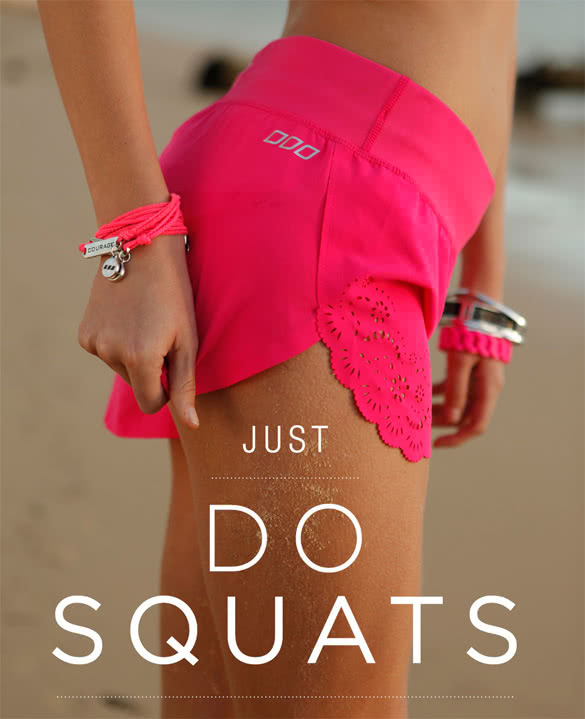
What makes the squat such a kick-ass exercise? Well, to start with, squats are known as a compound exercise, meaning that they target more than one muscle group. This simple movement does, in fact, directly stimulate every muscle group in the lower body.
The prime movers, however, are the inner thighs, the butt and the glutes. Indirectly, the squat even provides a workout to the muscles of the upper body. It also generates a cardiovascular benefit. So, you can see why it is so important to know how to do squats and do them regularly.
The perfect bodyweight squat
Begin your journey toward leg perfection with basic bodyweight squats. With your feet shoulder width apart, your eyes focused on the ceiling and your lower back arched, place your hands on your head. Now lower down to a parallel squat position by pushing your hips back and bending your knees. After a slight pause, and without rounding your back, push through your heels to return to the start position.
Perform your bodyweight squats with a smooth, rhythmic cadence. Take 4-5 seconds per repetition and focus on feeling the work that your thighs, glutes and hamstrings are doing. After a couple of weeks of bodyweight squatting, you’ll be ready to start adding some poundage.
Weighted squats
Preparation: Place an Olympic bar on the squat rack. At a weight of 45 lbs, you won’t need to add any added weight, but make sure that you use a pad in the middle of the bar to protect your neck.
Execution: Position yourself under the bar and lift it off the rack. Step back and stand with your feet spread slightly wider than shoulder width and pointing slightly outward. Keep your back straight, your chest thrust out and your head up.
Now tense your abdominal wall, bend you knees and lower your body until your thighs are parallel to the floor. To avoid excess strain on the knees, don’t go down any further. While squatting, keep your head up and your back slightly arched.
Your whole body should be tight when you squat. You don’t want any part of the body to be loose.
In the bottom squat position, your lower legs should be almost vertical to the floor. Push through your heels as you return to the starting position.
Breathing: Because squats include an aerobic component, it’s vital that you use a proper breathing technique. If you don’t, you may start to feel light headed after a few repetitions. As you lower yourself, breathe in deeply. Then on the way back up, forcefully expel the air in one breath. During the final few repetitions, take two or three quick breaths between reps.
If possible, do all squats in front of a mirror, so you can check that you are keeping your back straight.
Squatting no no’s
- Squatting over a bench. Every time you touch the bench with your glutes, your spine will compress slightly. Over time this may cause vertebral damage.
- Placing a block under your heels / turning your toes too widely outwards. Both of these will place unnatural stress on your knees and, over time, can lead to injury.
- Leaning too far forward. Not only does this increase your likelihood of suffering spinal injuries, it also takes the stress off the quadriceps and onto the trunk extensor muscles.
- Allowing the knees to ride over the toes while allowing your heels to lift off the floor. Keeping your lower legs almost vertical may feel unnatural at first but it can make the difference between injured and healthy knees. Keeping your shin bones vertical drastically reduces your risk of injury.
Before you squat
It is vital that you prepare yourself both physically and mentally for squatting. Make sure that you get a good pre-workout drink into your system about 20 minutes prior to your session. Look for a shake that will give you 20-30 grams of whey protein and 30-40 grams of fast acting carbs. You should also be taking 5 grams of creatine in order to boost your power potential.
Warm up on the exercycle with five minutes of medium intensity cycling. Follow this up with five minutes of active stretching. Warm up your joints and tendons. By the time that you are ready to step under the squat rack you should have a light sweat going on.
Start with a couple of warm up sets before you start piling on the heavy iron.
You should also have a training partner to squat with. A partner will be able to constantly check on your form, keep you technically on point and, of course, be ready to spot you when you need it. A good workout partner will be able to push you, motivate you and keep you moving forward toward your goals. If you partner is as strong as you, or a little bit stronger, you’ll be constantly pushing yourself to keep up with him.
Do you need special squatting shoes?
Weightlifting shoes have become very popular among gym goers over recent years. Do you really need them or are they just another marketing attempt to cash in on the fitness craze?
A key feature of weightlifting shoes is their raised heel. A raised heel helps mobility and depth. With the ¾ inch raise, you can really utilize the force in your heel to drive weight up, making this the ideal shoe for squatting. With the raised heel, lifters find that they can squat lower which gives the leg muscles a better range of motion. A raised heel also allows you to stay more upright during the squat.
What about hack squats?
The Barbell hack squat is a great follow up exercise to the regular barbell squat. It will work the quads, hamstrings, forearms and calves. Yet it also works virtually every other body-part, because what you are doing is virtually a deadlift with the bar behind you.
To perform the barbell hack squat, step in front of the barbell, with your feet shoulder width apart. Your toes should be slightly pointed out with your knees following your toes as you squat down. You are, in effect, in exactly the same position as a deadlift, but with the barbell placed behind you.
As you push up with your legs, have the barbell follow the back of your legs. Keep your chest up and your back straight. Get a nice squeeze of the quads and the glutes at the top of the movement. When you come back down, take the bar all the way to the floor, but don’t rest in the bottom position.
If you feel unsafe doing this exercise as described, you can do it inside the power rack. Place the spotter bars about knee high. This allows you to start a little higher than normal.
You can also do hack squats on a hack squat machine. The hack squat machine primarily works the tear drop muscle which is located right above your knee. When fully developed, it is in the shape of a tear drop.
The critical factor with this movement is the placement of your feet. Start with a slightly lower than shoulder width foot grip. When you unlatch the safety grips and come down, you are trying to put all of the pressure on your heels. Go all the way down until you are lower than parallel.
Push up through the heels, but do not completely lock out. This keeps the pressure on the quads the whole time. Many people go too heavy, which forces them to lock out after every rep. Your arms can be either rested at your sides or you can grab a hold of the safety racks.
If you are trying to build mass in your thighs, you should go with a heavy weight for six to ten reps. For those who are trying to define and shape their quads, however, the weight should be lowered and the reps upped to between fifteen and twenty.
More squat variations
Jumping squats: Assume the position of a body weight squat. When you have lowered to the squat position, jump as high as you can. Once landed, immediately move into the rep.
Wide legged barbell squats: Follow the normal procedure for preforming a squat, but have your legs double width apart than normal. This will place emphasis on your inner thighs.
Braced squat: Instead of having a bar over your shoulders, you hold a weight out in front of you. This shift in weight places the pressure on your inner thighs.
Sumo squats: Some competitive bodybuilders use a “Sumo” position for the back squat. Here you place your feet much wider than shoulder width apart, with your feet and knees turned slightly outwards. The Sumo Squat puts additional emphasis on the muscles of the inner thighs. However, it demands greater hip mobility, and so is not suitable for beginners.
Front squat: In this key multi-joint movement, you place the weight on the front of your shoulders. It demands a more upright body posture than the back squat and places more emphasis on your quads and core. Do this exercise slowly and strictly, making sure to keep your back straight.
Dumbbell split squat: This exercise builds on the basic lunge movement, but allows you to lift more weight. It is valuable for developing hip mobility and good shoulder posture as well as strength in your quads.
Sissy squat: This is a great movement to isolate the lower quadriceps. Although called a squat, it is very like a leg extension in the way it affects the legs. You will feel a lot of work happening right down where the quadriceps meets the knee.
To perform sissy squats, stand upright, feet a few inches apart, holding onto a bench or something else for support. Bend your knees, raise up on your toes, and slowly lower, letting your pelvis and knees go forward, while your head and shoulders tilt backward.
Continue down as low as possible, until your butt practically touches your heels. Stretch the thigh muscles and hold for a moment, then straighten your legs and come back to the standing position. Flex your thigh muscles hard at the top of the movement for maximum definition and development.
Squat FAQs
How low should I squat?
Squatting to a parallel position is the safest way to perform the movement. Going lower has the potential to damage the knees.
Will adding weight make a woman’s legs too muscular?
No, and for two reasons. Firstly, as a woman you have much lower levels of the muscle building hormone, testosterone, than men do. Secondly, the legs and thighs are notoriously difficult to build, even for those who are determined to do so. Squats will sculpt and shape your legs, not bulk them up!
Will squats make my butt too big?
Your butt muscles (glutueus maximus, medius and minimus) will tighten and solidify almost immediately. If they are currently covered by fat, this may make your butt appear slightly larger. Your goal, however, is to get rid of the fat and, as this happens, a shapely butt will emerge.
Will squats make me shrink?
This is a common myth based on the idea that squats will compress the spine. Badly performed squats will wreak all sorts of havoc on your spine. By following the form guidelines outlined above, however, you’ll be standing tall on legs to die for!






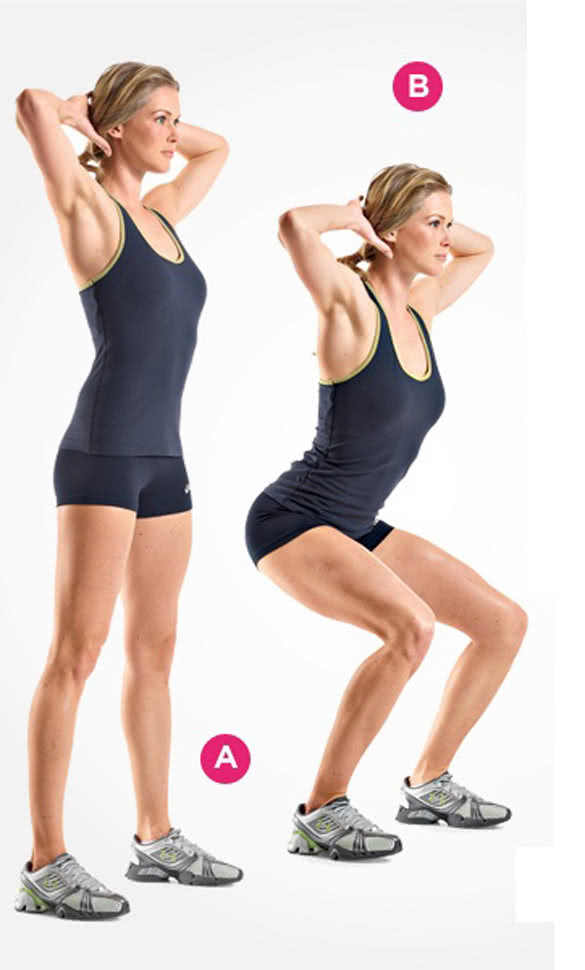
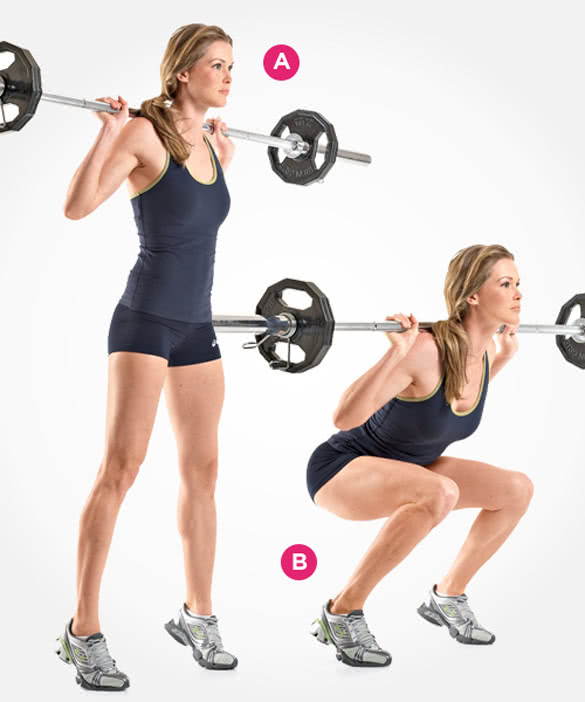
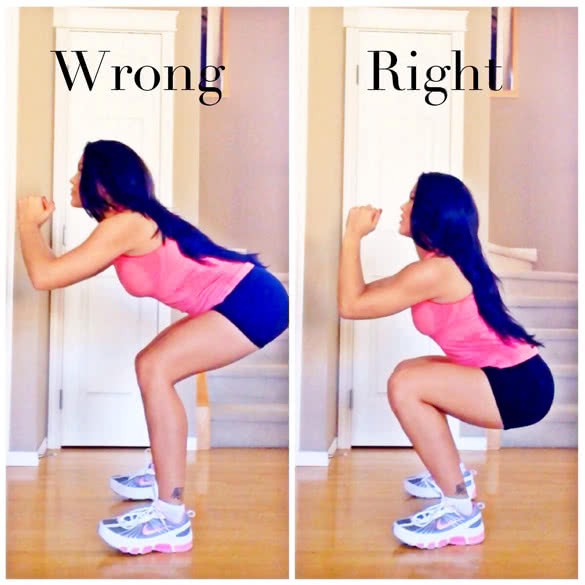
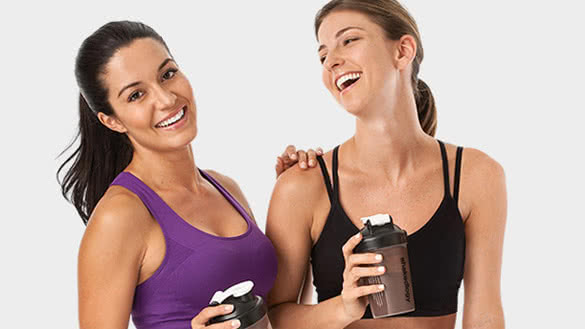

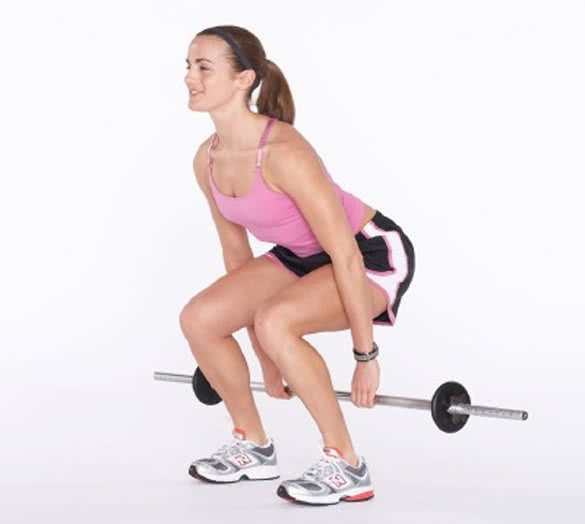
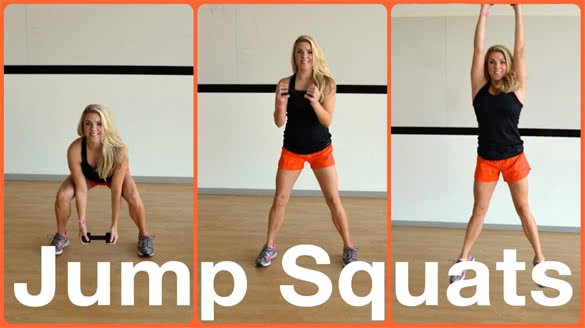
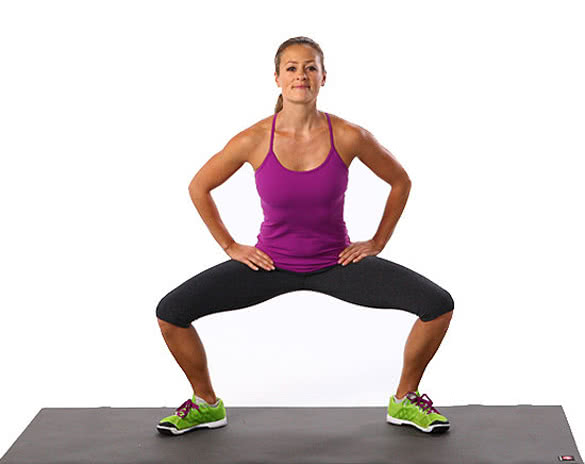
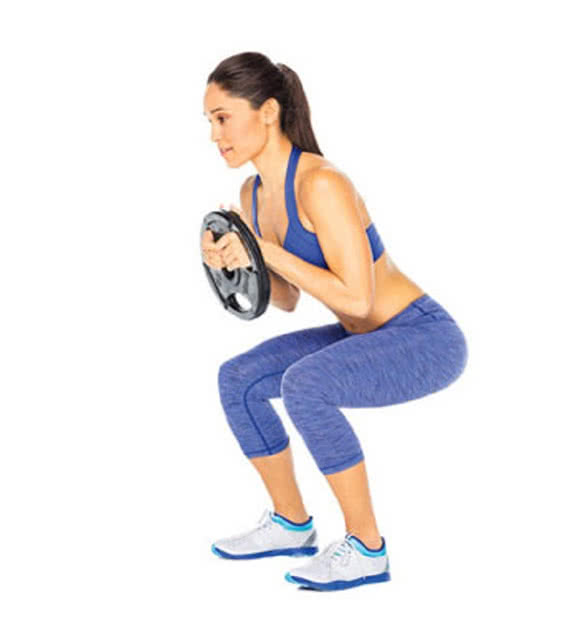
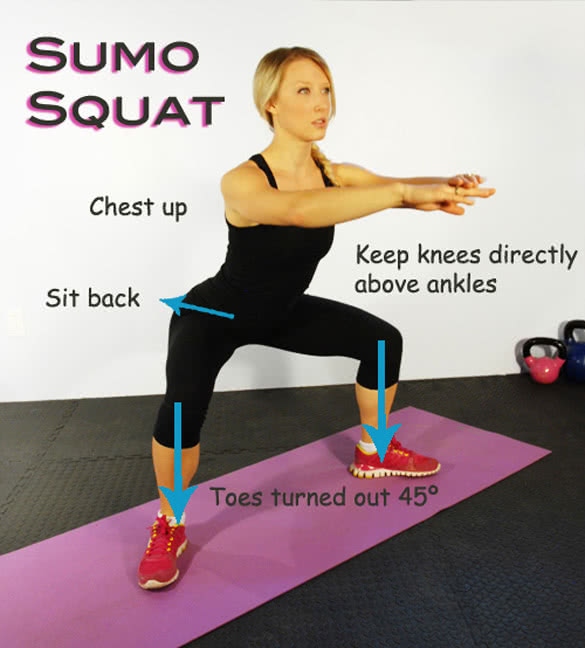
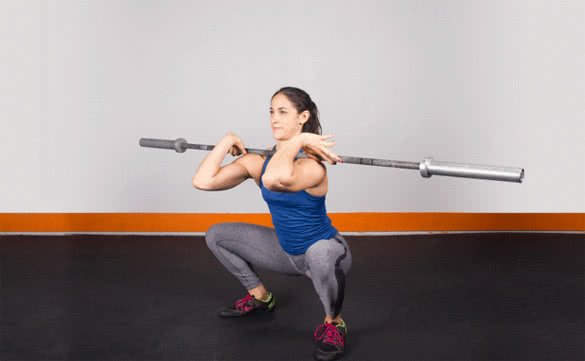
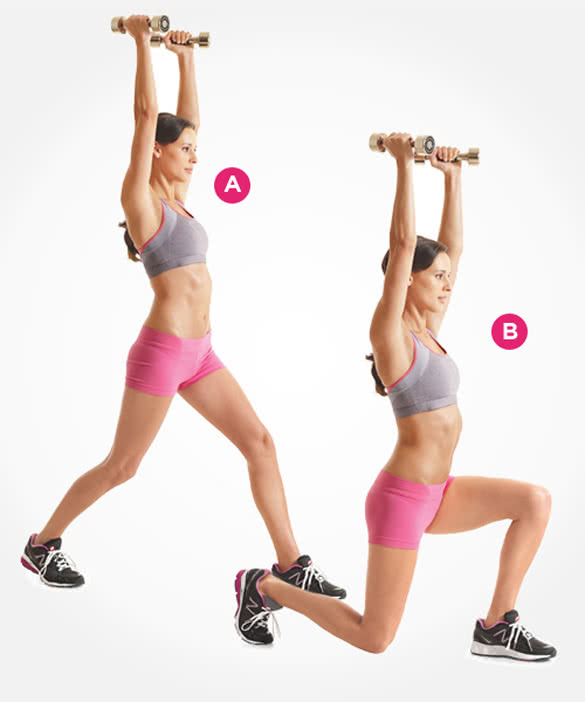
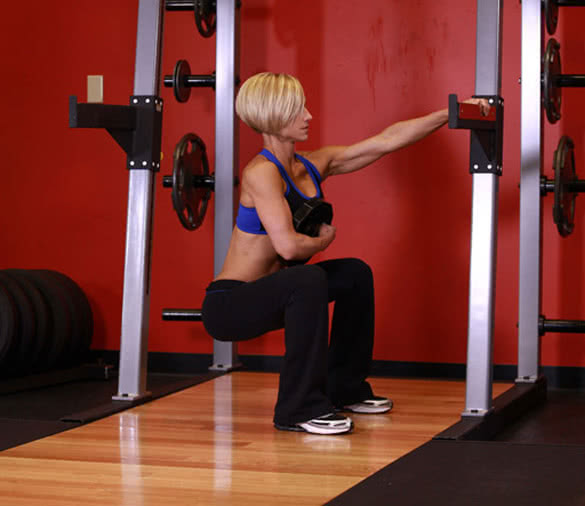






Add Comment